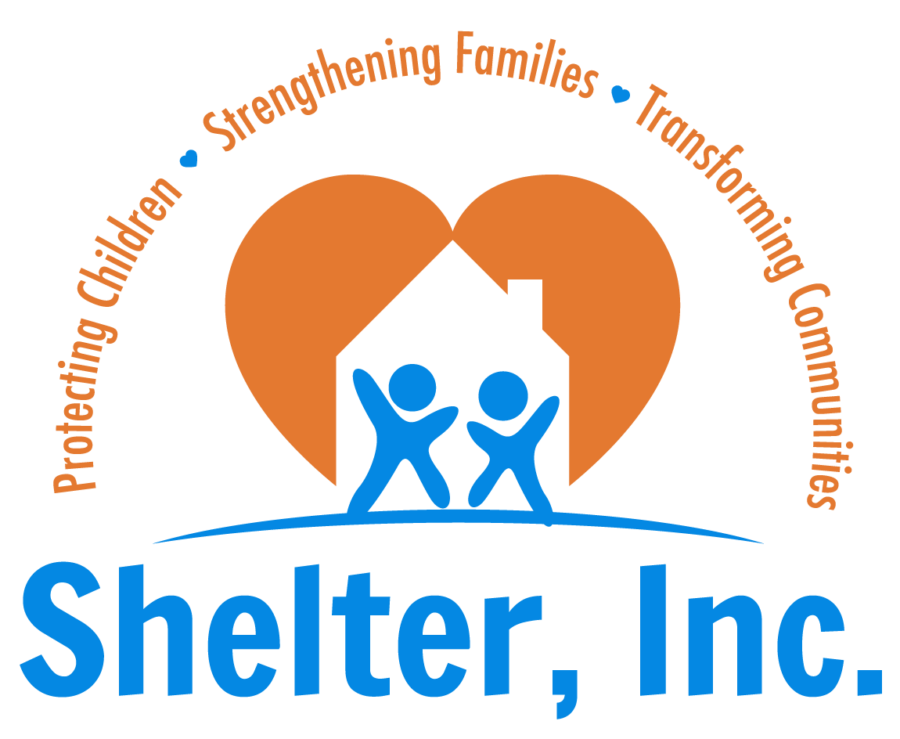
Between the 1960s and 1980s, public service announcements on television would ask at 10 pm when curfew began, “Do you know where your children are?” Today, a more appropriate announcement would be “It’s April. Do you know where your children are?”
In 2016, studies showed one in seven children between the ages of 10 – 18 run away. That’s three children out of every class of 21 students. Lest you think children who run away don’t come from your neighborhood, statistics prove otherwise. Children from all neighborhoods, races, ethnic backgrounds and religions are represented in the figures.
The National Conference of State Legislatures (NCSL) says 46 percent of runaway and homeless youth reported being physically abused, 38 percent reported being emotionally abused, and 17 percent reported being forced into unwanted sexual activity by a family or household member.
The logical response to those statistics is, “What’s wrong with all these parents?!” One of several answers is addiction. The National Institute on Drug Abuse estimates 25% of children in our country live in households where addiction is present. We’ve all heard of the opioid epidemic sweeping the U.S., and the tragic effects of opioid addiction can devastate whole families.
When living in a household with one or more people addicted to drugs or alcohol, children are at a much greater risk for the following:
- Low self-esteem
- Physical, emotional and sexual abuse
- Running away
- Developing emotional and mental disorders
- Dropping out of school
- Suicide
- Experimenting with drugs
Children who run away are subjected to a multitude of dangers on the street they aren’t equipped to deal with. Their very lives are often at stake.
The true worth of a community is how well it protects their children. When our community works together through education, prevention, and support, we will know where our children are in April.
